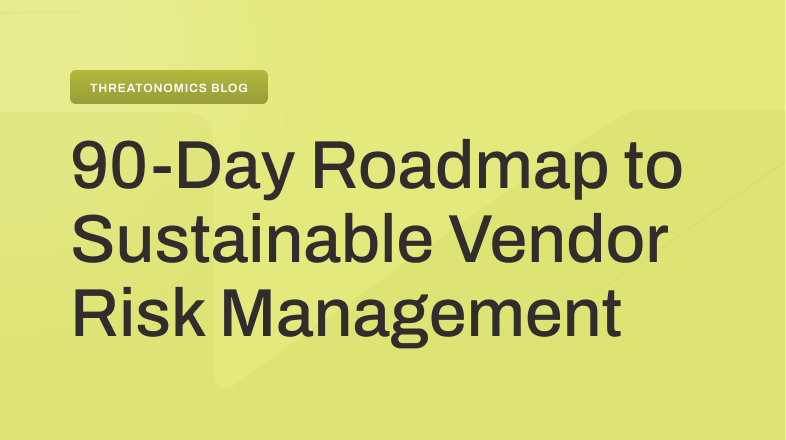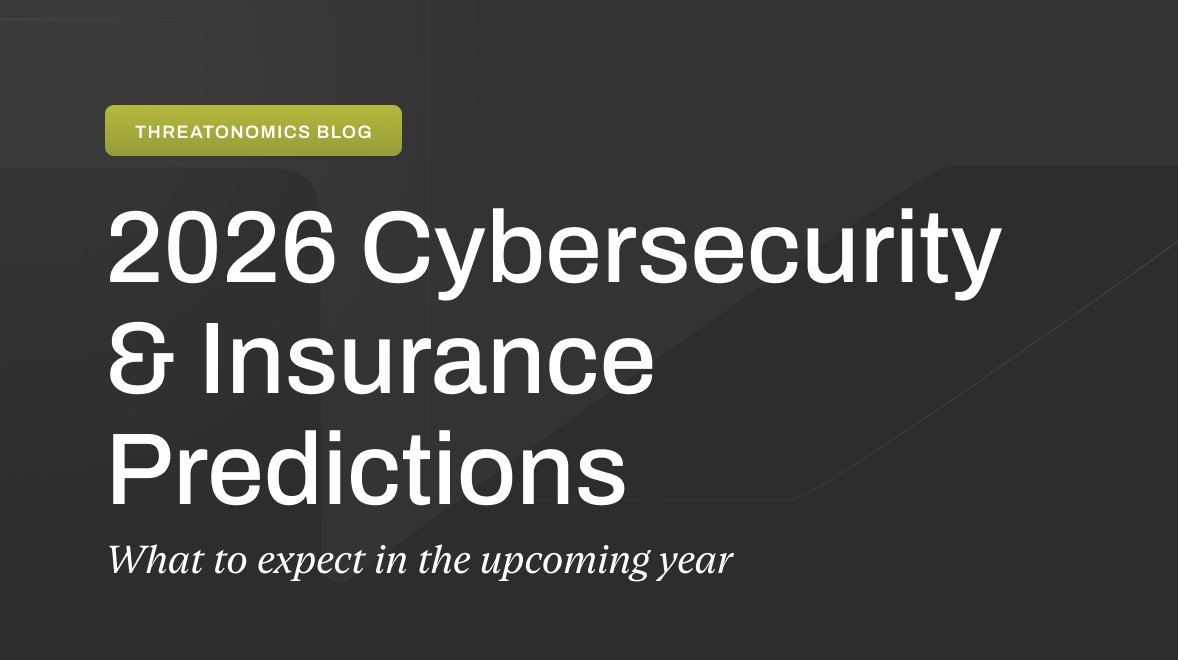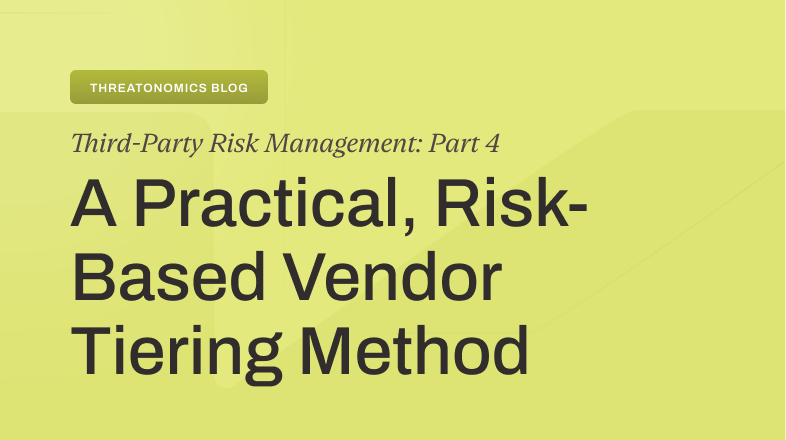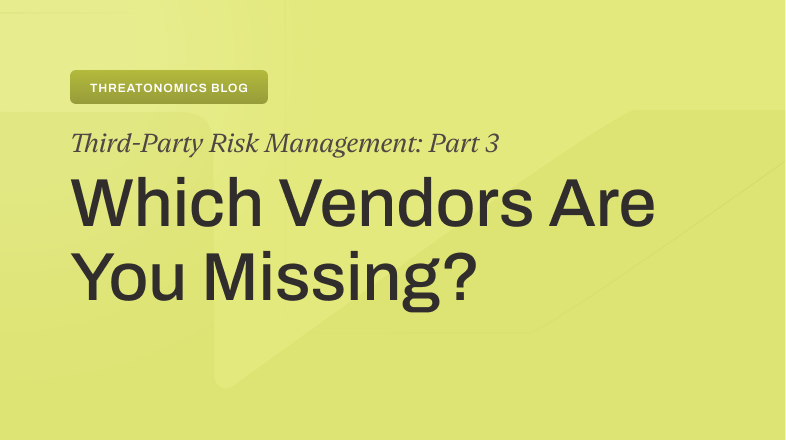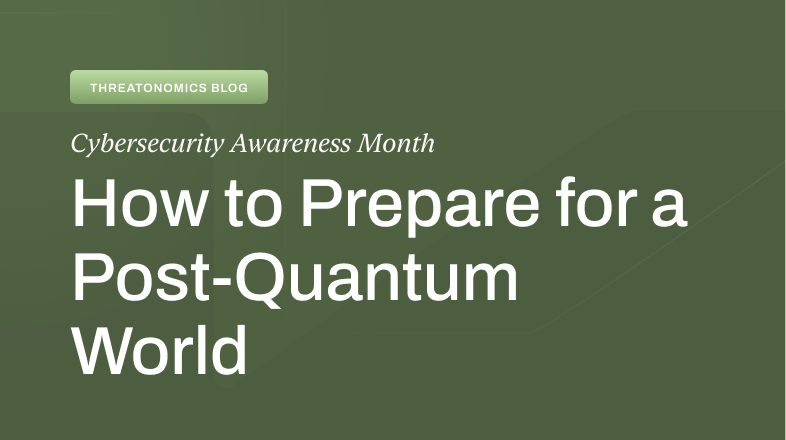As the CISO, are you and your organization in alignment? The CISO role has evolved dramatically over the past decade, but organizational cybersecurity programs have not always kept pace.
If you think about CISOs like software versions, version 1.0 is your first generation of CISOs, focused on structure and technical architecture. Version 2.0 moves beyond the technical orientation to an organizational risk orientation–that’s where many CISOs aspire to be today. CISO 3.0, then, is a fully evolved officer of the business who views cyber risk management through the lens of strategic business decisions.
But not all organizations are at the same point in their evolution. You might be a business-focused CISO 3.0 trapped in an operationally-focused CISO 1.0 structure, or vice versa. Understanding these three distinct CISO archetypes—and how to succeed in each—can make the difference between thriving and burning out in your security leadership role.
CISO 1.0: The IT Security Executive
The Structure: Reports to CIO or CTO, operates within the IT organization
The Mindset: Technical security controls and breach prevention
The Communication: Security posture updates to executives
The CISO 1.0 role emerged from the traditional IT security manager position, elevated to executive level as cyber threats became more sophisticated. This CISO lives in the technical realm—they know their SIEM configurations, understand network architectures intimately, and can discuss the latest vulnerability management tools with deep expertise. Their primary concern is building and maintaining robust security controls that prevent breaches and protect IT infrastructure.
In this role, success is measured by security metrics: reduction in vulnerabilities, faster incident response times, improved security tool coverage, and compliance with technical standards. The v1.0 CISO speaks the language of firewalls, endpoint protection, and security operations centers. They’re often the most technically competent security professional in the organization and are expected to be the expert on all things cybersecurity.
How to Succeed Here:
- Master the technical narrative. Your success depends on demonstrating measurable improvements in security controls, vulnerability management, and incident response capabilities. Speak in metrics that IT leadership understands: mean time to detection, patch compliance rates, and security tool effectiveness.
- Build strong relationships with IT operations teams. Your initiatives will succeed or fail based on operational integration. When proposing new security tools, lead with how they enhance rather than complicate existing IT workflows.
- Develop a security dashboard that translates technical metrics into business impact. Even in a v1.0 structure, executives want to understand how your technical investments reduce organizational risk.
CISO 2.0: The Risk Executive
The Structure: Reports to CFO, Chief Risk Officer, or General Counsel
The Mindset: Enterprise risk management with security as a key component
The Communication: Security as organizational risk process
The CISO 2.0 role evolved as organizations recognized cybersecurity as an enterprise risk that extends far beyond IT infrastructure. This CISO operates at the intersection of security and risk management, understanding that cyber threats can impact financial performance, regulatory compliance, and business reputation. They’re comfortable with risk frameworks, audit processes, and regulatory requirements.
This version of the CISO translates technical security challenges into business risk language. They work closely with audit committees, participate in enterprise risk discussions, and ensure security controls align with broader organizational risk tolerance. The v2.0 CISO understands that security isn’t just about preventing breaches—it’s about managing the business impact of cyber risks across the entire organization. They’re equally comfortable discussing SOX compliance requirements and incident response procedures.
How to Succeed Here:
- Learn to speak risk language fluently. Quantify security risks in terms of financial impact, regulatory exposure, and business continuity. Your technical background becomes valuable when you can translate vulnerabilities into potential business losses.
- Integrate with existing risk management frameworks. Don’t create parallel processes—enhance and security-enable the risk management systems already in place. Work closely with audit, compliance, and risk teams to embed security into their workflows.
- Develop risk scenarios that resonate with financial leadership. Move beyond “we might get breached” to “a supply chain compromise could cost us $2M in regulatory fines plus $500K in customer notification costs.”.
CISO 3.0: The Business Executive
The Structure: Reports to CEO, COO, or Business Unit leaders
The Mindset: Security as business enabler and competitive advantage
The Communication: Cyber risk with financial and strategic implications
The CISO 3.0 role represents the evolution of cybersecurity leadership into true business executive territory. This CISO sits at the executive table not just as the security expert, but as a business leader who understands how cybersecurity impacts every aspect of organizational strategy. They participate in merger and acquisition discussions, influence product development decisions, and help shape market entry strategies based on cyber risk considerations.
This version of the CISO thinks beyond traditional security boundaries to consider ecosystem risks, supply chain security, customer data privacy as competitive advantage, and how security investments can enable business growth. They understand that in today’s digital economy, security isn’t a cost center—it’s a business differentiator. The v3.0 CISO is as likely to discuss market positioning and customer trust as they are to talk about threat landscapes and security controls. They view cybersecurity through the lens of business value creation and strategic competitive advantage.
How to Succeed Here:
- Think like a business executive who happens to know security, not a security expert trying to understand business. Attend business strategy meetings, understand revenue models, and identify how security can enable growth rather than just prevent losses.
- Collaborate at the C-Suite level on investment prioritization. Your security budget competes with sales initiatives, product development, and market expansion. Frame security investments in terms of business value and competitive positioning.
- Focus on ecosystem risk management. Understand supplier relationships, customer data flows, and partner integrations. Your role extends beyond internal security to managing risk across the entire business ecosystem.
What to do when you’re out of sync
The most challenging situation occurs when your CISO mindset doesn’t match your organizational structure. I experienced this firsthand as a business-focused CISO 3.0 leader in a technically-focused CISO 1.0 structure. The frustration was intense—every strategic initiative got filtered through IT operational concerns, and business risk conversations got translated into technical implementation details.
If you’re a CISO 3.0 in a v1.0 structure: Focus on gradual elevation of the conversation. Start with technical metrics but consistently tie them to business outcomes. When discussing patch management, emphasize customer trust and regulatory compliance, not just vulnerability reduction.
Build relationships outside your reporting structure. Attend business meetings when possible, even as an observer. Develop informal relationships with finance, legal, and business unit leaders who can help amplify your business-focused perspective.
Document business impact religiously. Every security initiative should have clear business justification and measurable outcomes. Over time, this positions you for structural changes or role expansion.
If you’re a CISO 1.0 in a v3.0 structure: Rapidly develop business acumen. Take finance courses, read business publications, and seek mentorship from other executives. Your technical expertise is valuable, but you need to contextualize it within business strategy.
Partner with business-minded team members or hire strategically. Surround yourself with people who can help translate your technical insights into business language while you develop those skills.
Be honest about your learning curve. Many executives appreciate transparency about skill development, especially when paired with concrete plans for growth.
Making the alignment work
For Organizations: Assess your CISO’s natural strengths and align the role accordingly. A technically brilliant v1.0 CISO might thrive with proper support and business training rather than replacement.
For CISOs: Understand your organization’s expectations and adapt accordingly. Sometimes success means growing into a different version of the role rather than trying to change the organization to match your current approach.
For Everyone: Recognize that all three versions can be successful in the right context. The key is alignment between individual strengths, organizational needs, and structural positioning.
There’s no universally “correct” type of CISO—only the right fit for your organization’s maturity, industry, and strategic priorities. Success comes from understanding which version you are, which version your organization needs, and how to bridge any gaps between them.
The worst career decisions I’ve seen happen when CISOs try to force their preferred version onto mismatched organizational structures, or when organizations hire the wrong version of CISO for their actual needs.
Know yourself, know your structure, and be intentional about the alignment. Your career satisfaction and security program success depend on it.


